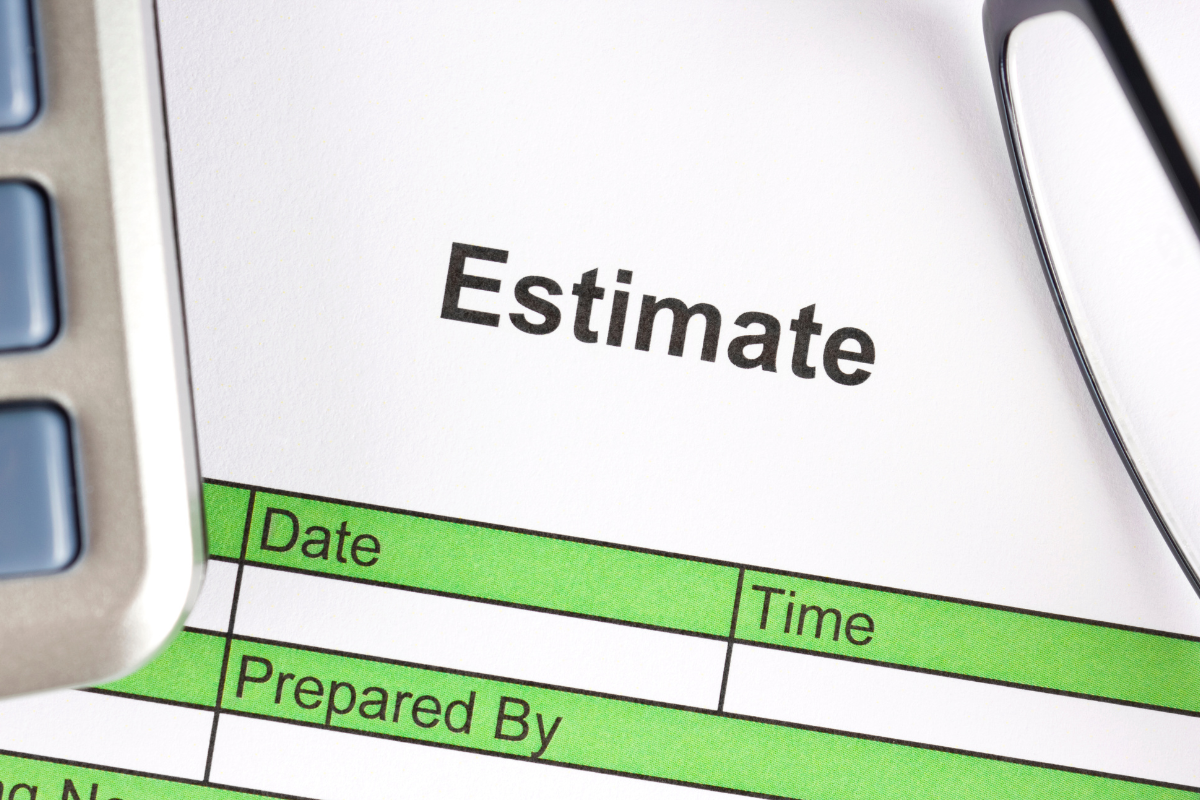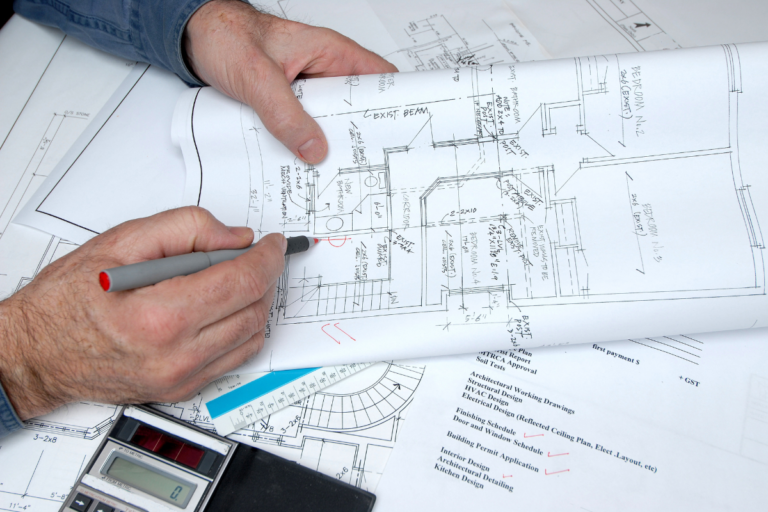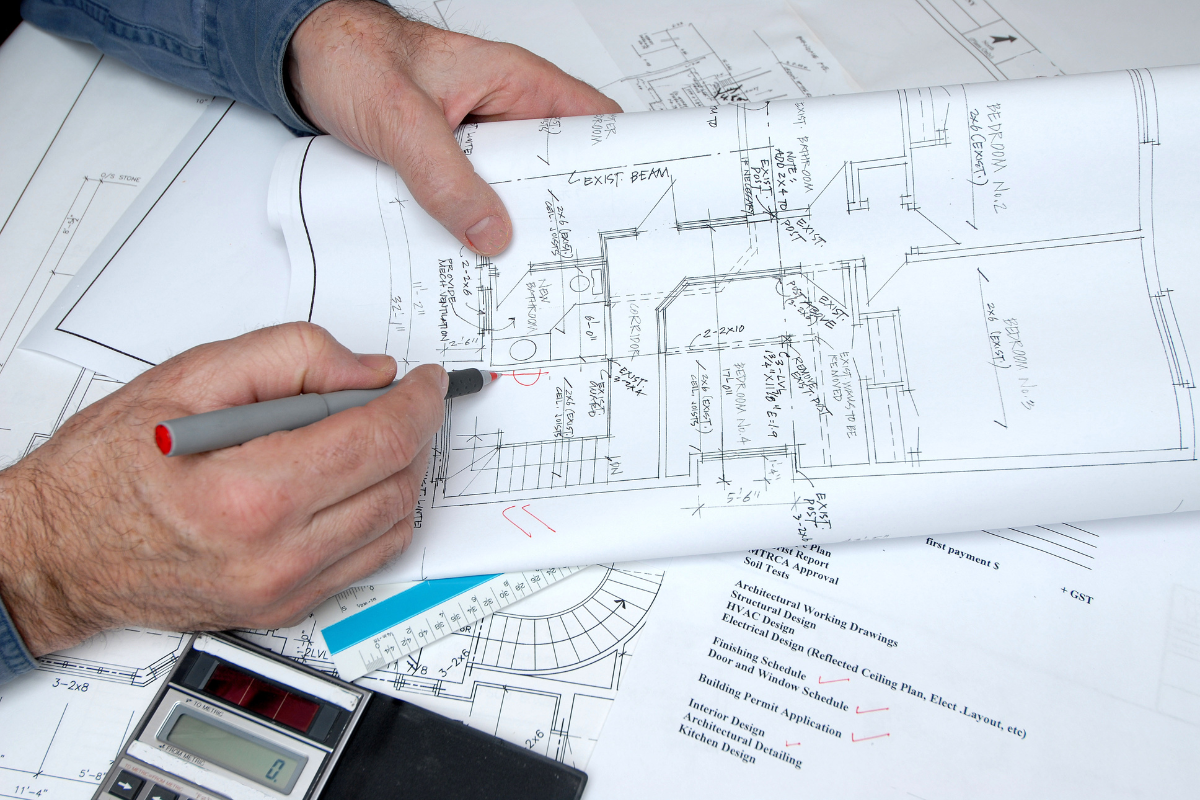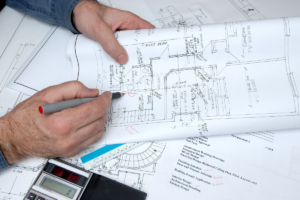In the realm of construction and engineering projects, accurate cost estimation is paramount.
Among the various facets of estimating, mechanical estimates play a crucial role, particularly in projects involving HVAC systems, plumbing, and other mechanical components.
These estimates form the foundation for project planning, budgeting, and resource allocation. Let’s delve into the intricacies of buildingconnects, exploring their importance, methodologies, challenges, and best practices.
Post Contents
Importance Of Mechanical Estimates
Mechanical estimates serve as the blueprint for project cost management. They provide stakeholders with a clear understanding of the financial implications of mechanical systems installation and maintenance.
Accurate estimates facilitate informed decision-making at every stage of the project lifecycle, from initial planning to execution and beyond.
Furthermore, precise mechanical estimates mitigate the risk of budget overruns and schedule delays.
By forecasting costs with precision, project managers can allocate resources efficiently, ensuring optimal utilization of funds and manpower.
Moreover, reliable estimates enhance transparency and accountability, fostering trust among project stakeholders.

Methodologies For Mechanical Estimates
- Quantity Takeoff: The cornerstone of mechanical estimation is the quantity takeoff process. This involves identifying and quantifying all materials, equipment, and labor required for mechanical installations. Accurate measurements and detailed specifications are essential for precise quantity takeoffs.
- Unit Cost Estimation: Once quantities are determined, unit cost estimation comes into play. This involves assigning costs to each unit of material, equipment, and labor based on current market rates, supplier quotes, and historical data. Unit costs may vary depending on factors such as location, project complexity, and availability of resources.
- Factor Estimation: In some cases, historical cost data or industry-standard factors are utilized to estimate mechanical costs. These factors account for variables such as labor productivity, equipment efficiency, and material wastage, providing a quick and reliable Construction Estimating method.
- Parametric Estimation: Parametric estimation involves using mathematical models and algorithms to extrapolate costs based on project parameters such as size, capacity, and scope. This approach is particularly useful for preliminary estimates and high-level budgeting.
- Vendor Quotes and Benchmarking: Seeking quotes from reputable vendors and benchmarking against similar projects can provide valuable insights into market trends and competitive pricing. This real-world data supplements other estimation methodologies, enhancing accuracy and reliability.
Challenges in Mechanical Estimation
Despite its importance, mechanical estimation is not without challenges. Several factors can complicate the estimation process and introduce uncertainty into project budgets:
- Complexity of Systems: Mechanical systems such as HVAC, plumbing, and fire protection can be highly complex, with numerous interdependencies and technical requirements. Estimating the cost of such systems requires a deep understanding of engineering principles and industry standards.
- Market Volatility: Fluctuations in material prices, labor rates, and market demand can significantly impact project costs. Estimators must stay abreast of market trends and economic indicators to account for such volatility in their estimates.
- Design Changes: Design revisions and scope changes are common occurrences in construction projects, especially during the early stages. These changes can have ripple effects on building-estimating, necessitating adjustments and reevaluations.
- Hidden Conditions: Unknown site conditions, unforeseen obstacles, and latent defects can emerge during the course of construction, leading to additional costs and schedule delays. Estimators must account for such contingencies by including suitable allowances in their estimates.
- Lack of Data: In some cases, limited availability of data or inadequate historical records can pose challenges for accurate estimation. Estimators may need to rely on expert judgment and qualitative assessments to fill in gaps and make informed decisions.

Best Practices For Accurate Mechanical Estimates
To overcome these challenges and produce reliable estimates, practitioners adhere to certain best practices:
- Collaborative Approach: Effective estimation requires collaboration between various project stakeholders, including architects, engineers, contractors, and suppliers. By leveraging collective expertise and insights, teams can develop more accurate estimates and mitigate risks effectively.
- Continuous Improvement: Estimators should continuously refine their methodologies and update their knowledge base to reflect changing industry norms and technological advancements. Investing in training programs and professional development initiatives can enhance the competency of estimation teams.
- Risk Management: Incorporating risk management techniques such as sensitivity analysis and Monte Carlo simulation can help assess the impact of uncertainties on project costs. By identifying potential risks and developing mitigation strategies, estimators can safeguard project budgets and schedules.
- Document Control: Maintaining accurate documentation throughout the estimation process is essential for transparency and accountability. This includes recording assumptions, methodologies, and data sources to facilitate traceability and auditability.
- Quality Assurance: Implementing rigorous quality assurance measures, such as peer reviews and validation checks, can help identify errors and inconsistencies in estimates before they escalate into costly discrepancies.
Conclusion
Mechanical estimates play a pivotal role in the success of construction and engineering projects.
By providing stakeholders with reliable cost projections, these estimates enable informed decision-making and effective resource management.
However, the complexity of mechanical systems, market volatility, and other challenges necessitate careful planning, collaboration, and adherence to best practices.
By embracing these principles, estimators can enhance the accuracy and credibility of their estimates, ultimately contributing to the overall success of the projects they support.






























